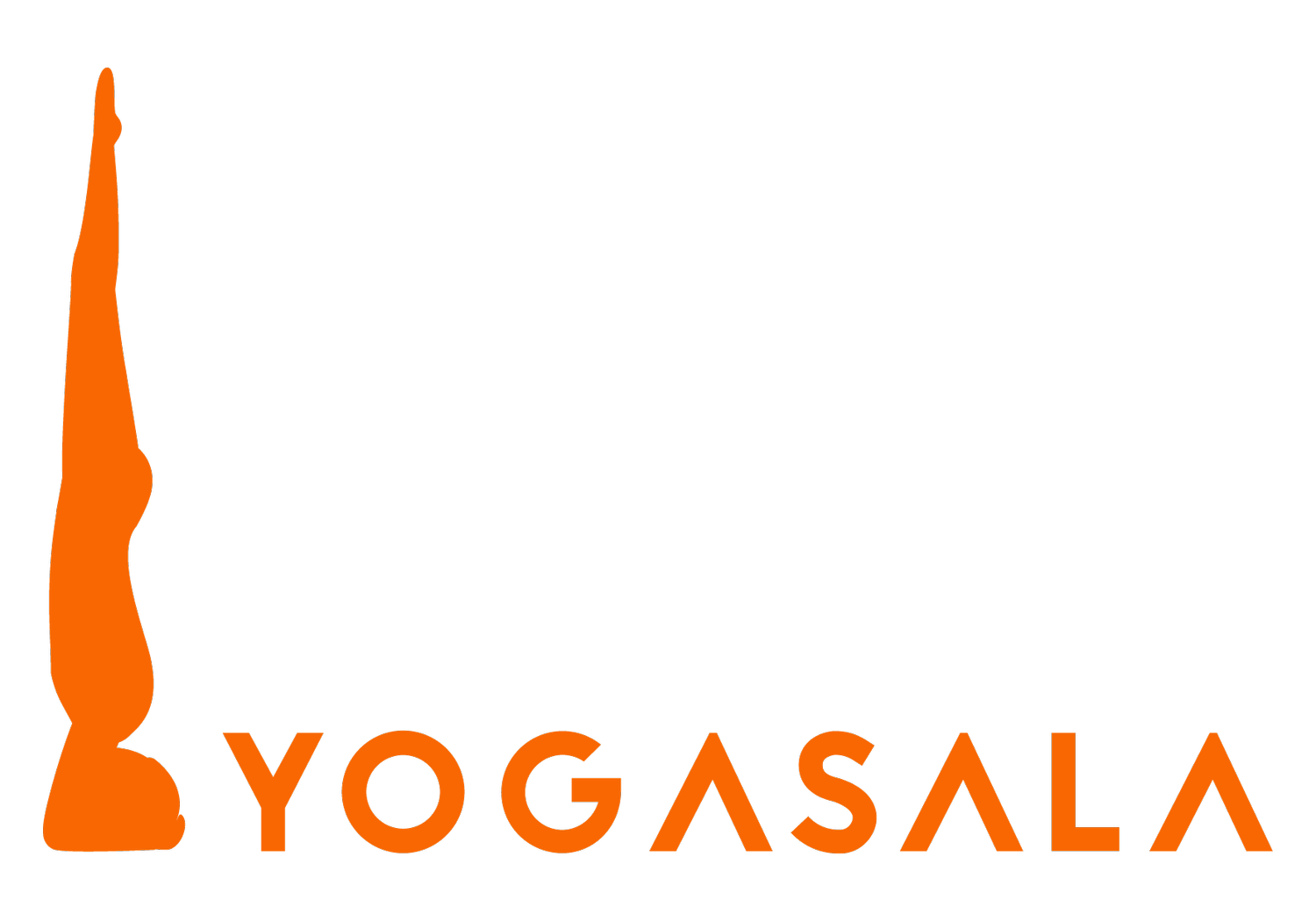Yoga?
What is yoga?
Don't look for a canonical definition of yoga: there isn't one*.
The definition I use for postural yoga:
o Execution of postures: strength, tone, flexibility: profound transformation of the body [ASANAS]
o Breathing and "energy": introduction to the simplicity and importance of breathing [PRANAYAMA]
o Attention/awareness: through body and breath, exploration of the effects on awareness and attention
If you'd like a shorter, more informed version, the best I've found is "the truth about yoga" in 59 seconds (see bottom of page).
Why do you find it so hard to get a clear picture?
Starting point of the explanation:
Origin: India.
Western appropriation, especially since the 60s.
But let's not forget that history comes and goes: the Germans were caught up in an Indo-mania as early as the middle of the 19th century.
The very long history of yoga in India (2 millennia at least) makes this exploration very exotic: canonical texts in Sanskrit (Patanjali's Yoga Pradipika [+ or - 2nd century] - Hatha Yoga Pradipika [15th century] - Gheranda Samhita [17th century] - Shiva Samhita [17th or 18th century] and other Hindu texts).
I quote these few texts, which I believe are accepted as canonical, along with their estimated dates of writing, to make it clear from the outset that reading them will not be easy: imagine reading Western texts from the same periods... Add to this a very different religious context and a language of transmission that is extremely precise and difficult to access...
Moreover, the entry of yoga into the West took place through various Indian yogis and, since the 1960s, through a flowering of multiple variants and adaptations, to reach the point where it is fairly commonly accepted that yoga has regained importance in India since Westerners became interested in it...
All this to arrive at this variegated updating to which the various sources on the Internet bear witness!
Decoding
The transposition of what yoga could be was nourished by common Western demands:
Physical activity (found in fitness centers, with variations including Chi Qong, music and stretching). Most common styles: Hatha Yoga, Ashtanga Yoga, Vinyasa Flow etc. A breathing and/or energetic dimension is added to this base. This category includes schools descended from a great master (Sri Tirumalai Krishnamacharya: fun just trying to pronounce it...): K. Pattabhi Jois and BKS Iyengar teach T.K.V. Desikachar, A.G. Mohan and Srivatsa Ramaswami.
Energetic: Kundalini Yoga, Tantric Yoga (e.g. Daniel Odier)
These are the 2 poles between which most of the teachings navigate.
All with a spiritual claim that is very difficult to frame, but which nevertheless constitutes the secret attraction of these practices.
And as a high point: the Belgian association of yoga teachers and practitioners, which has great difficulty in federating all this amalgam:
the list of schools http://www.yoga-abepy.be/yoga_ecoles.php is somewhat disappointing in terms of detailed content. And with good reason...
More concretely, the style of yoga I teach is a free variation on Iyengar yoga...
References
My favorite reference source http://www.modernyogaresearch.org/
Yoga Series #1: Comic
Hatha Yoga digital comic by James Mallinson
The truth about yoga 59sec
It's all there: origin, asceticism, confusion between Yoga gym and salvation practice, clash with the West, etc...


